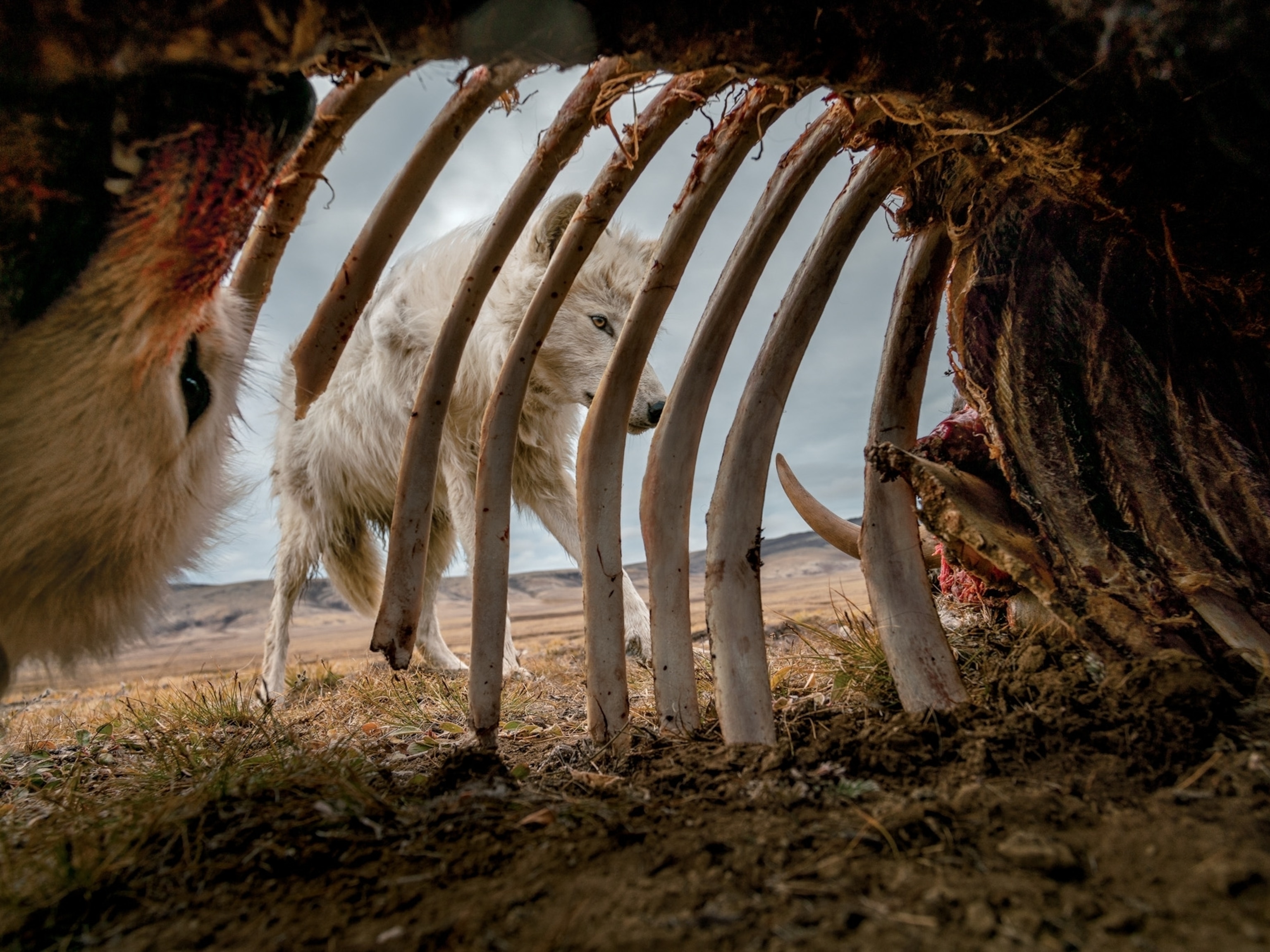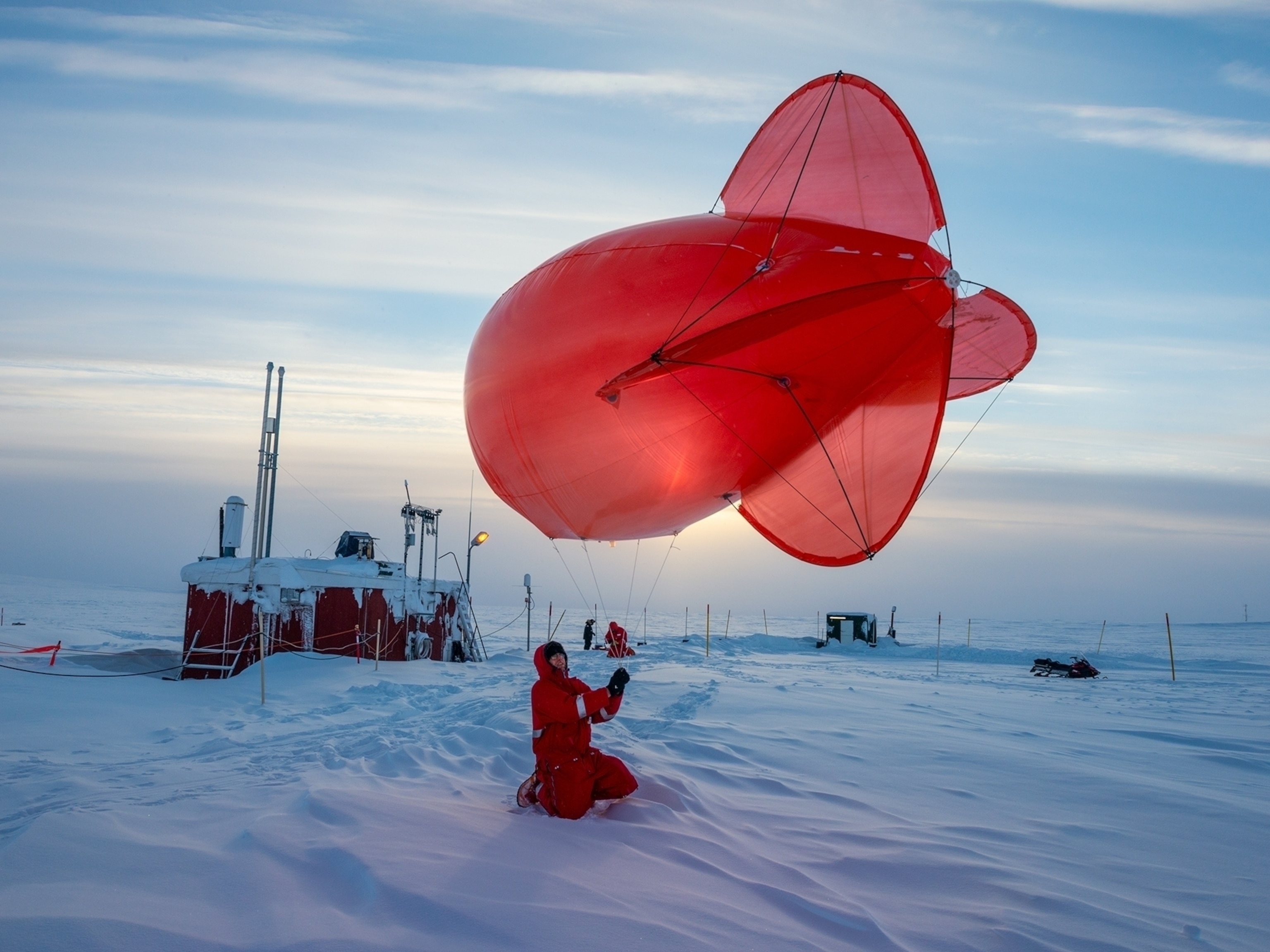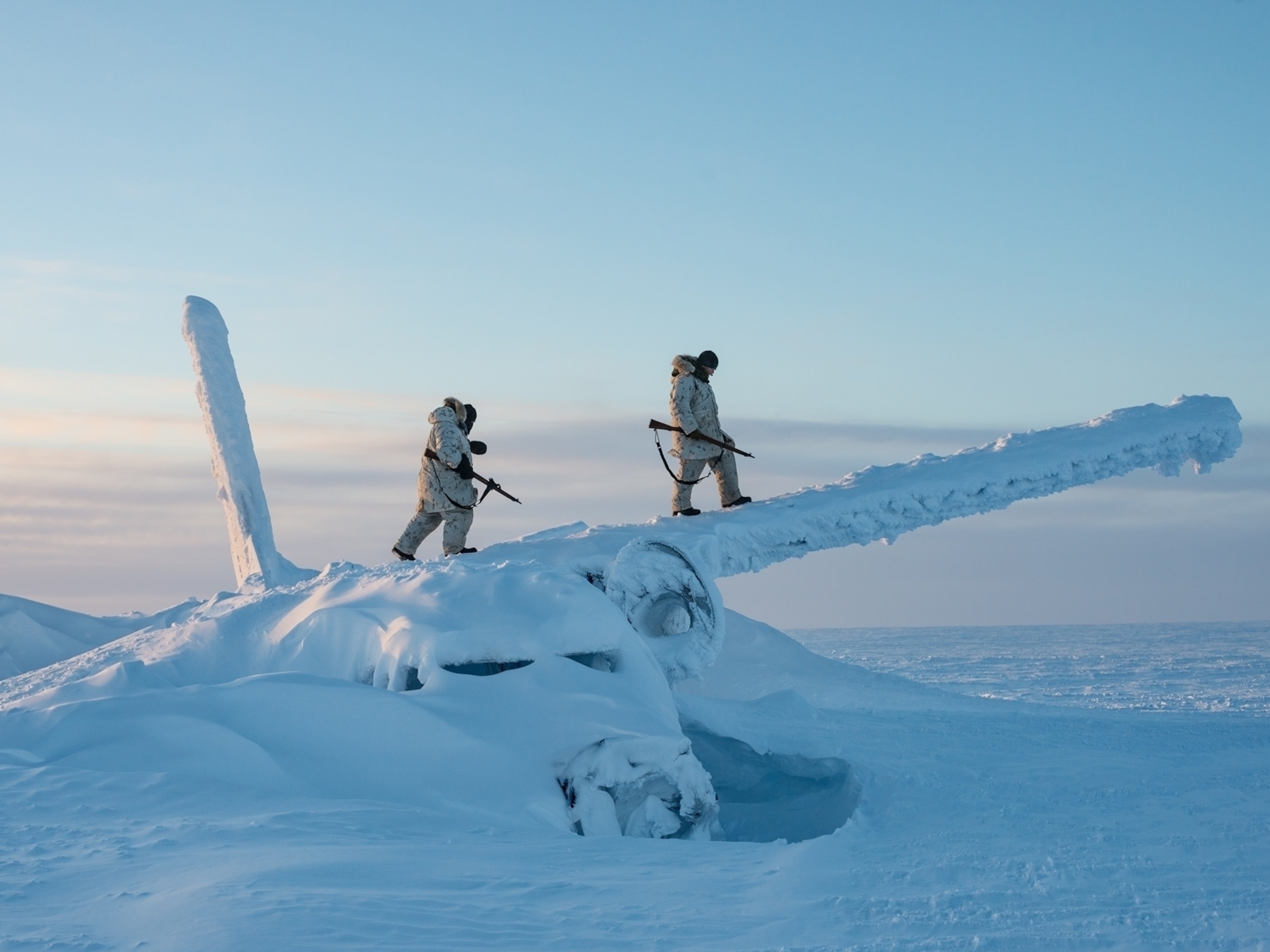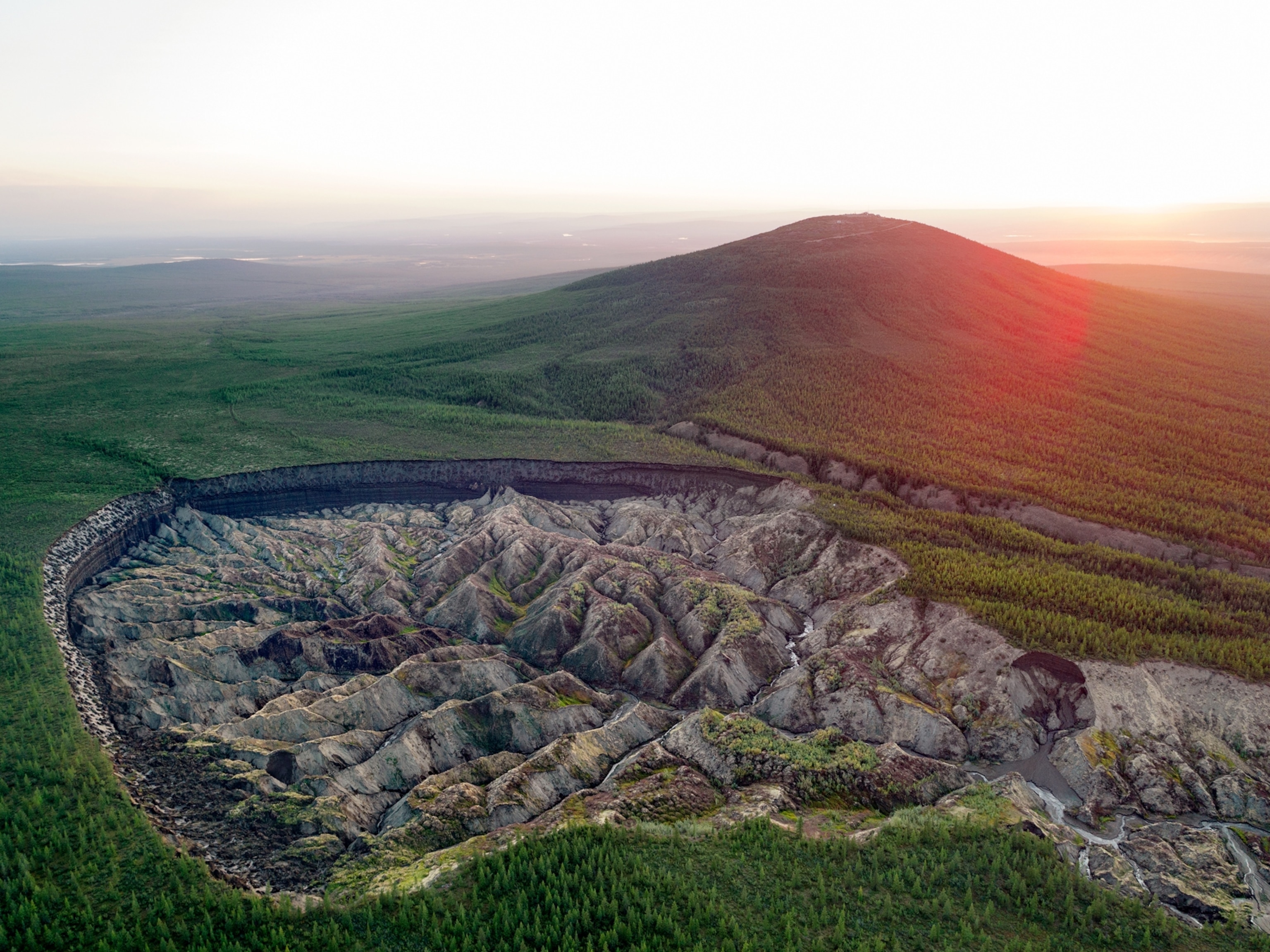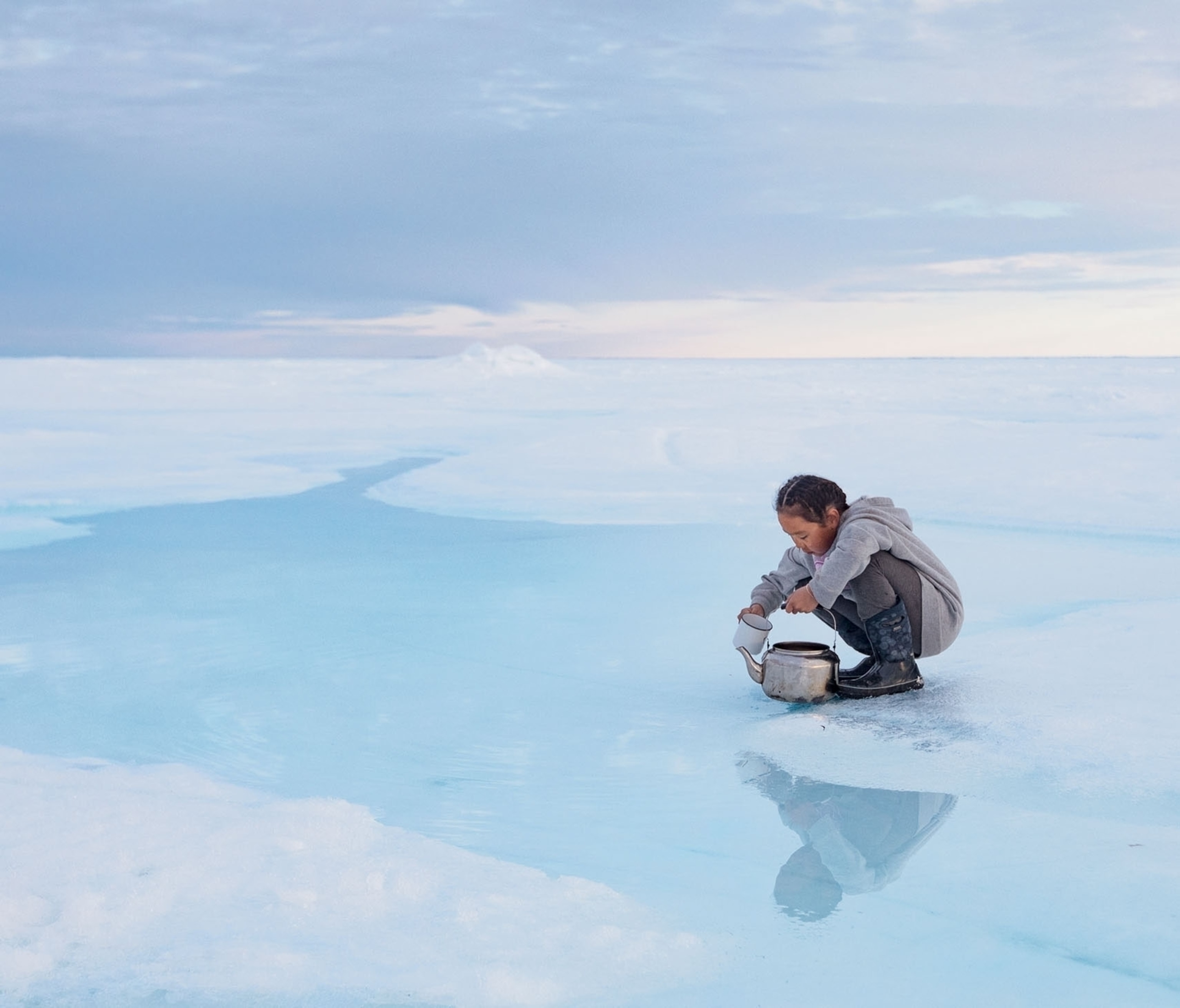
As ice melts, the Inuit strive to keep their culture alive
Amid a warming climate and disappearing traditional knowledge, Inuit communities in the Canadian Arctic are grappling to adapt.
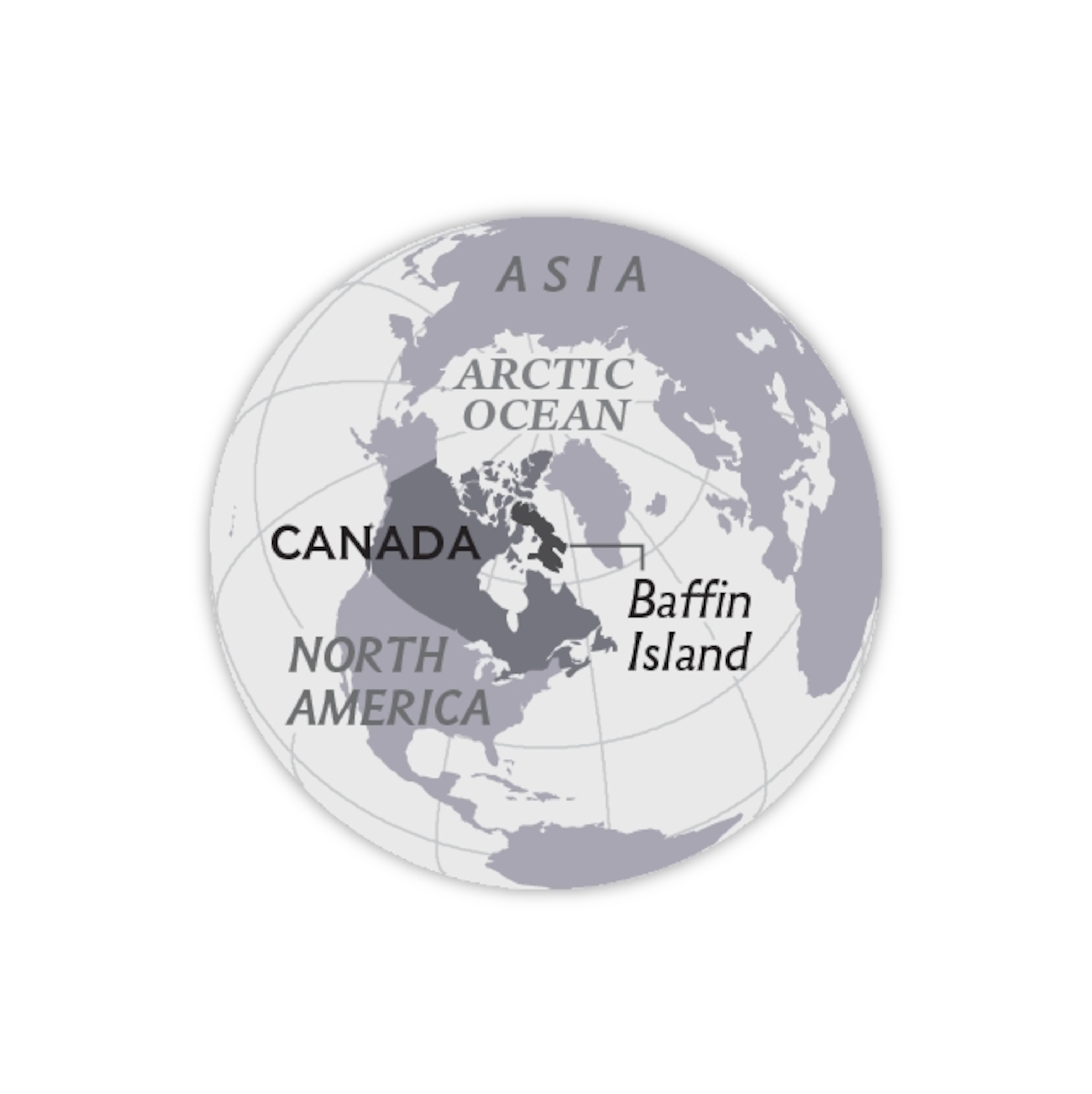
In the spring, when animals migrate north and the sun never sets, Inuit children join their families on weeks-long camping trips across Canada’s Arctic. They’re taught hunting skills and cultural values passed down for more than 5,000 years. In the past three decades, multiyear ice, the thickest (and oldest) type that supports the Arctic marine ecosystem, has declined by 95 percent. Elders no longer can predict safe travel routes on thinning ice, and animal migration patterns are changing. The future of the ice—and those who live on it—is uncertain.
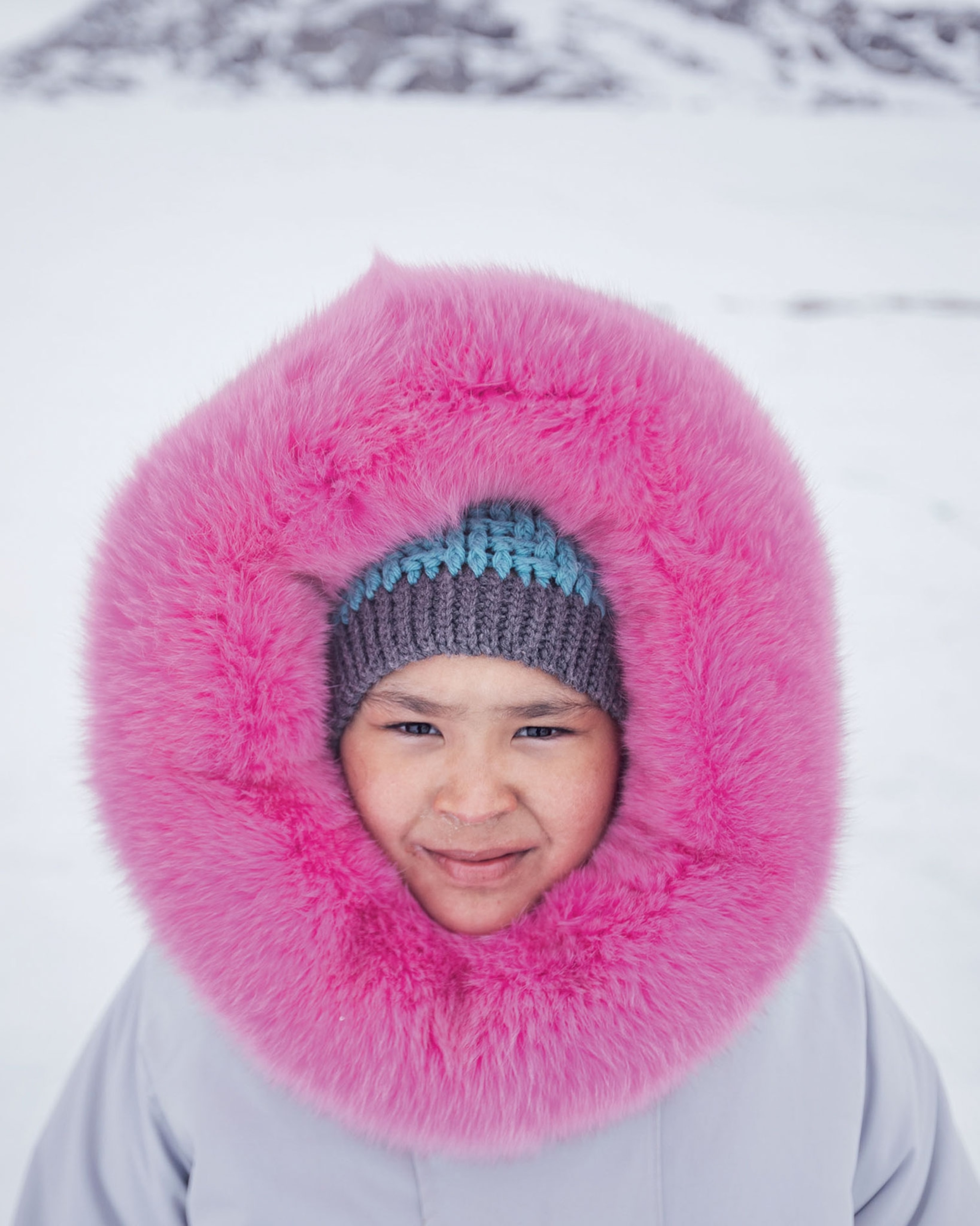


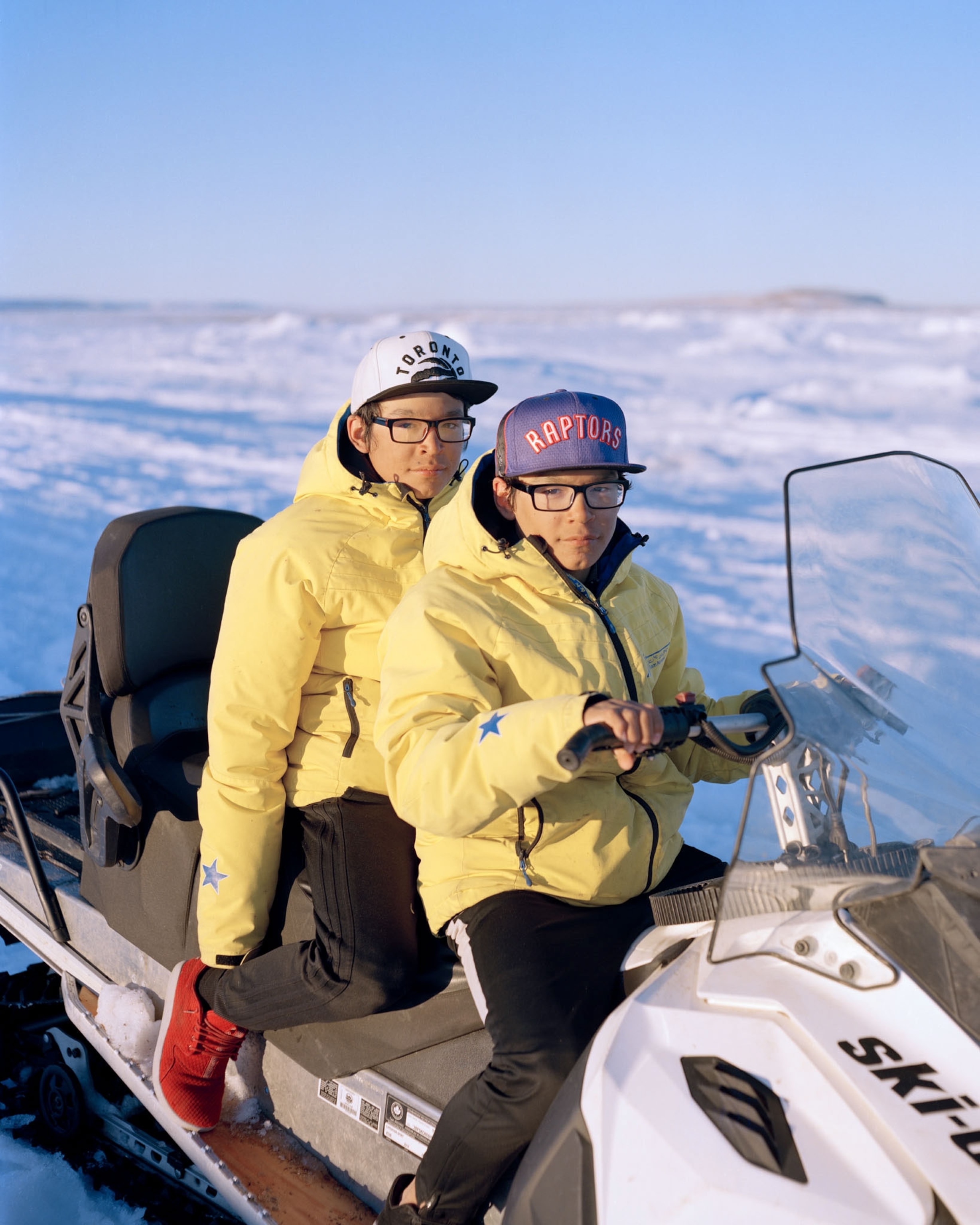
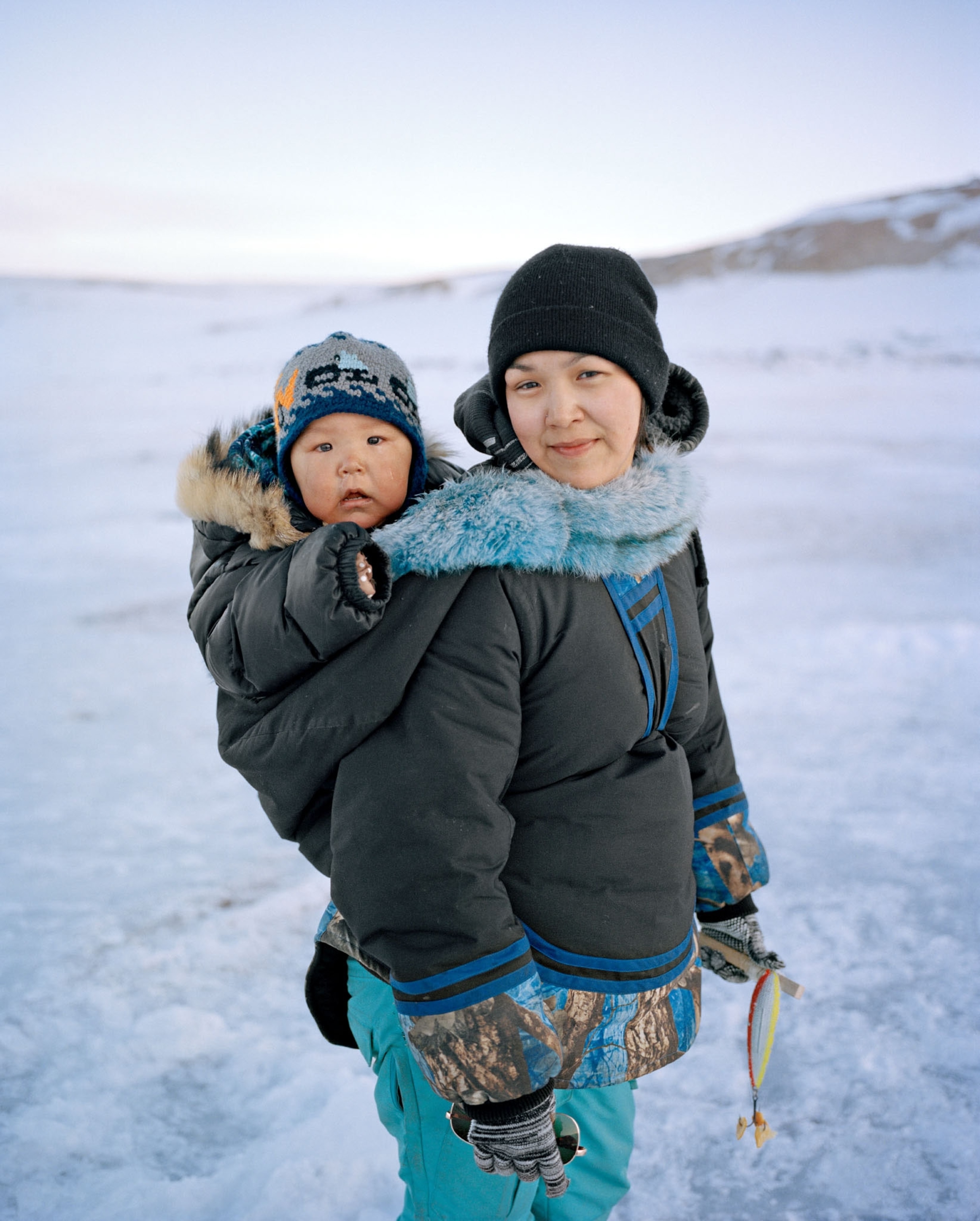
In the past three decades, the thickest (and oldest) ice that supports the Arctic marine ecosystem has declined by 95 percent.

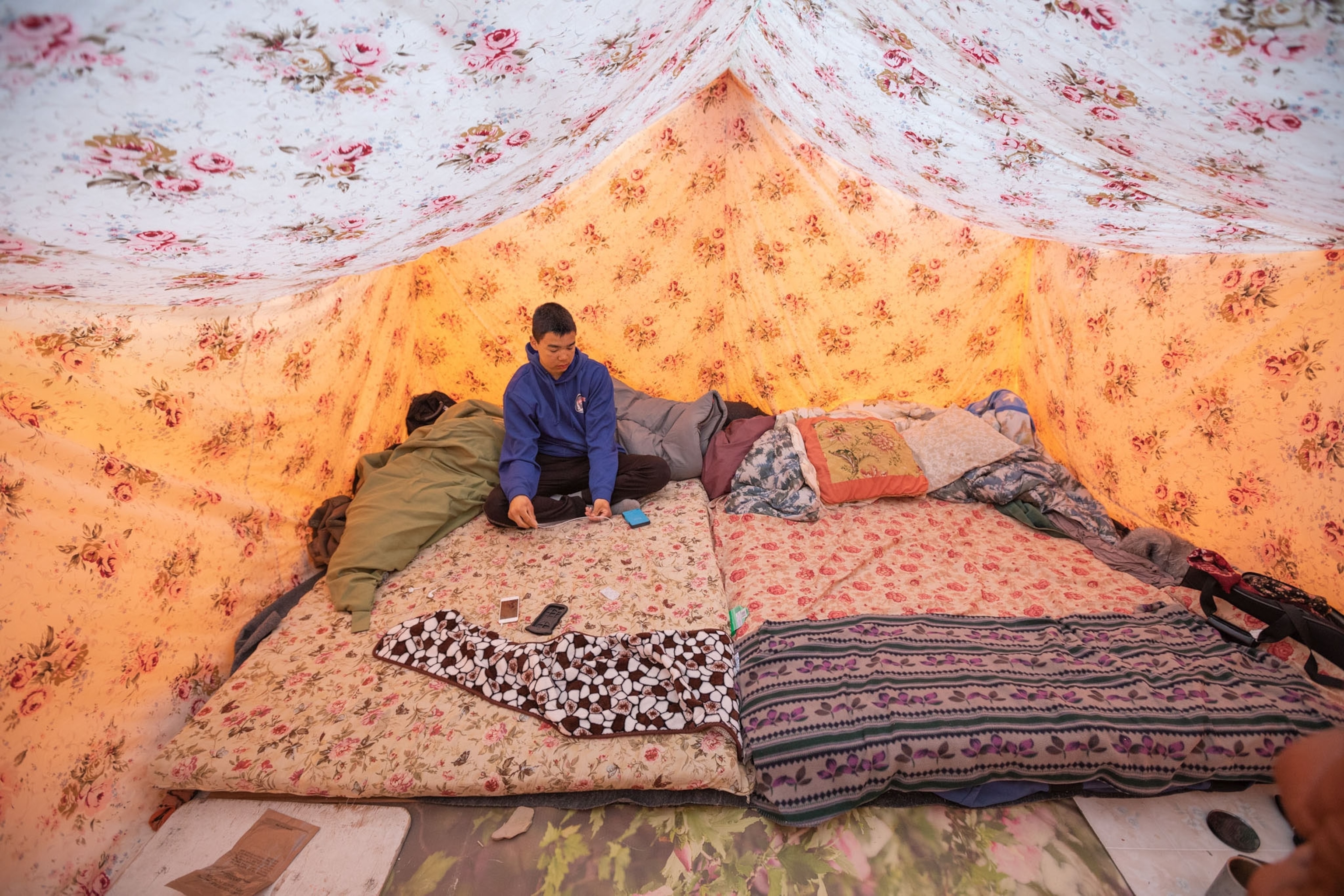
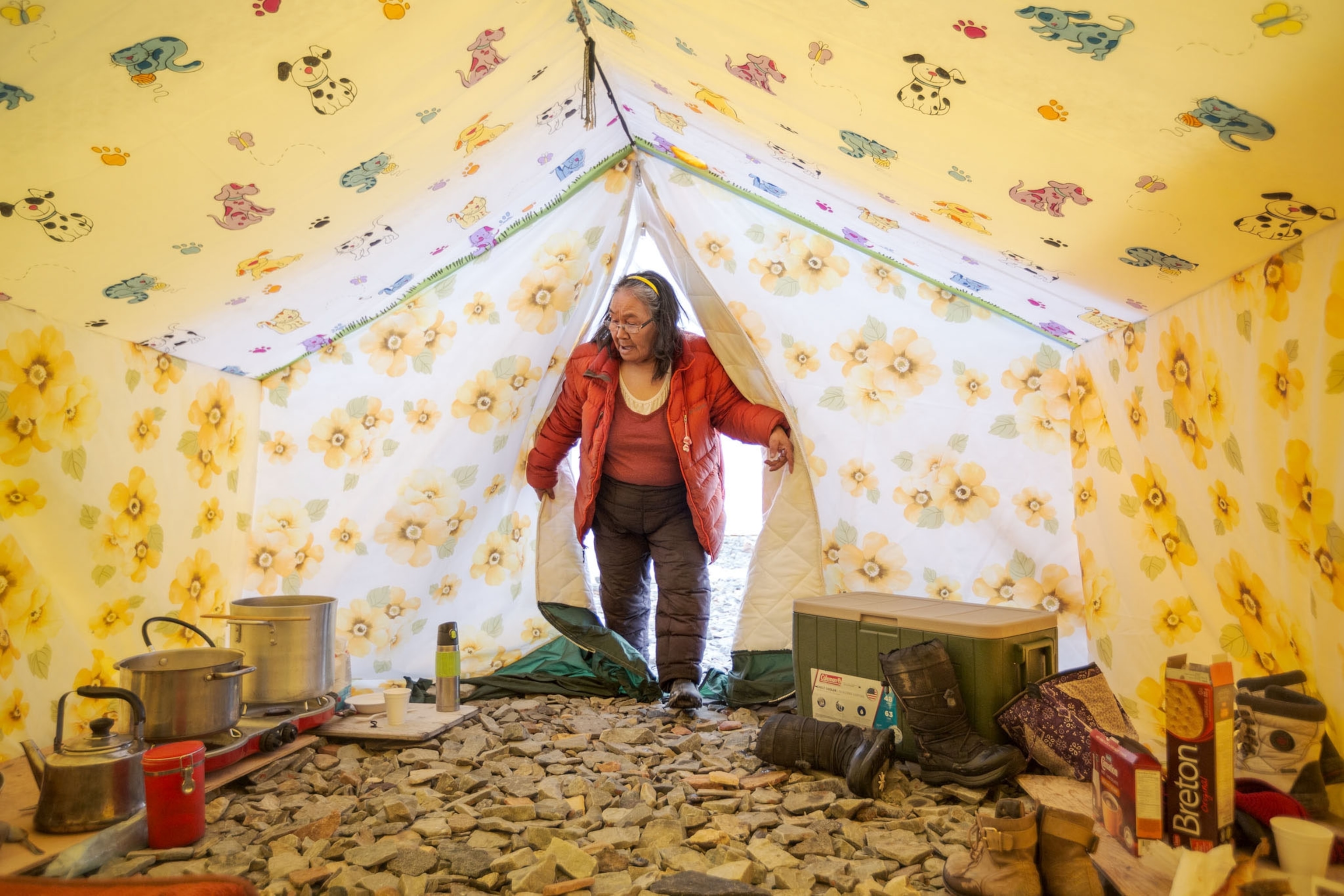
Passing down ancestral hunting and survival skills is seen as crucial at a time when such knowledge is disappearing.


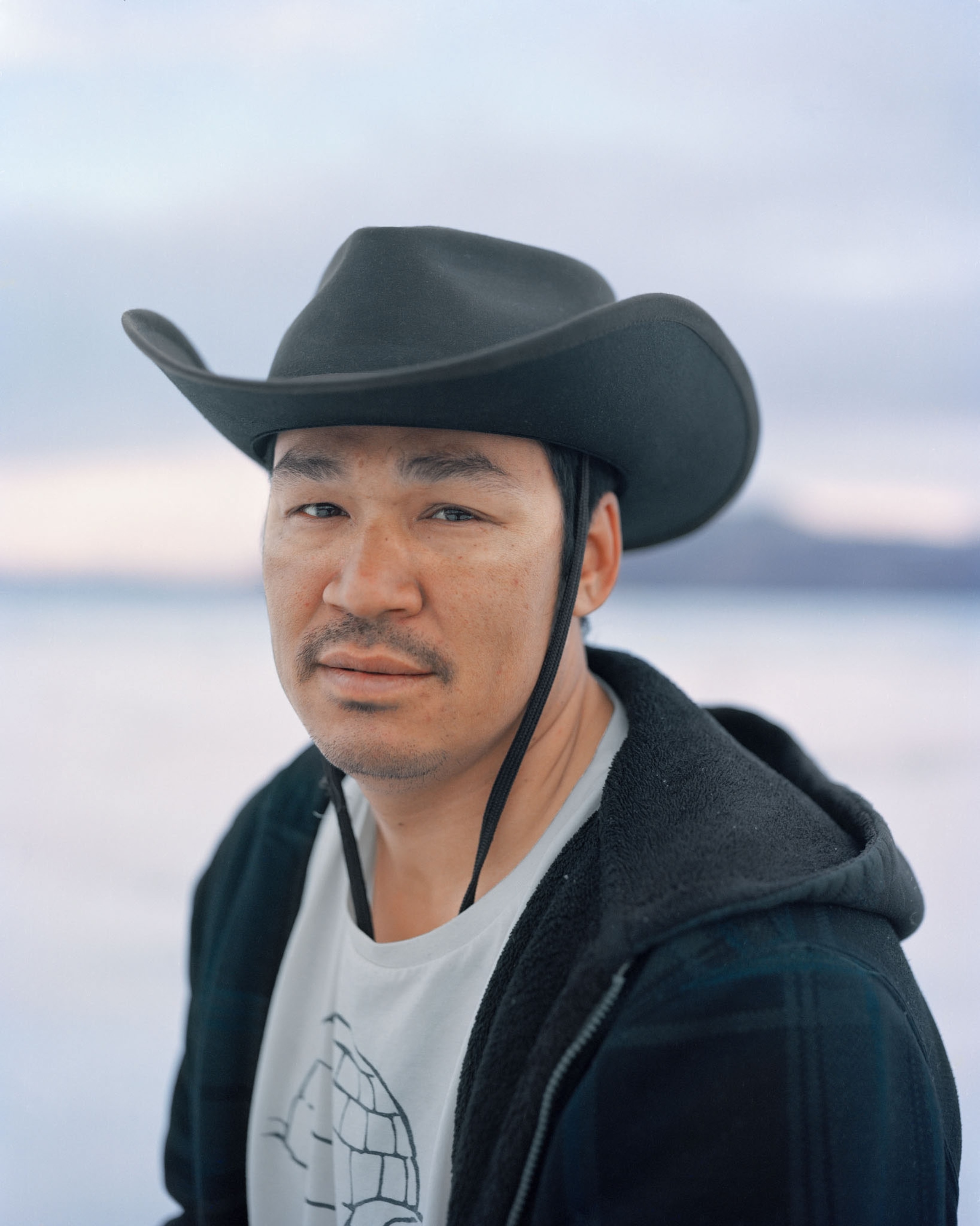
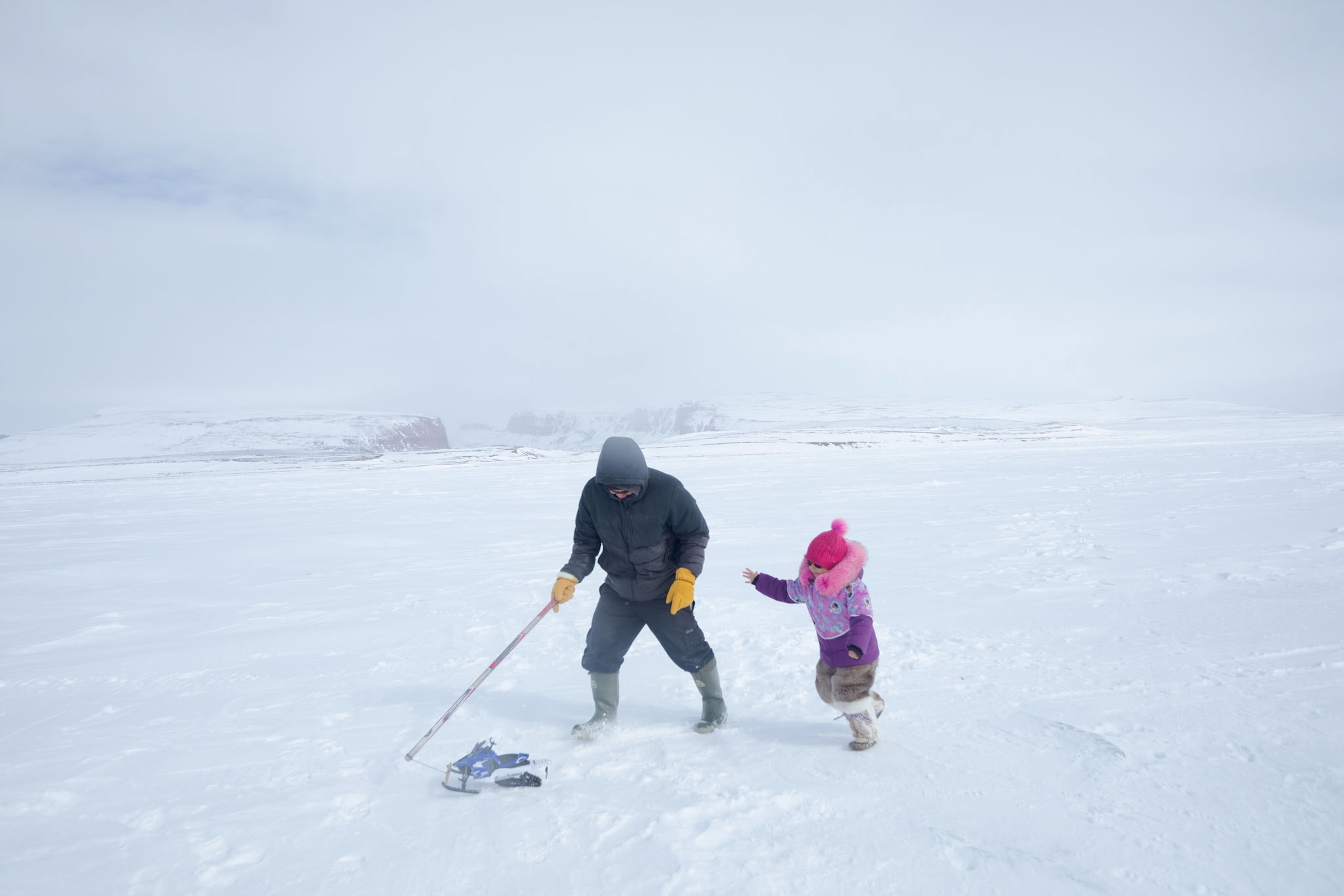
The idea behind the camping trips is to ensure that inuit traditions will survive, even if the ice does not.




